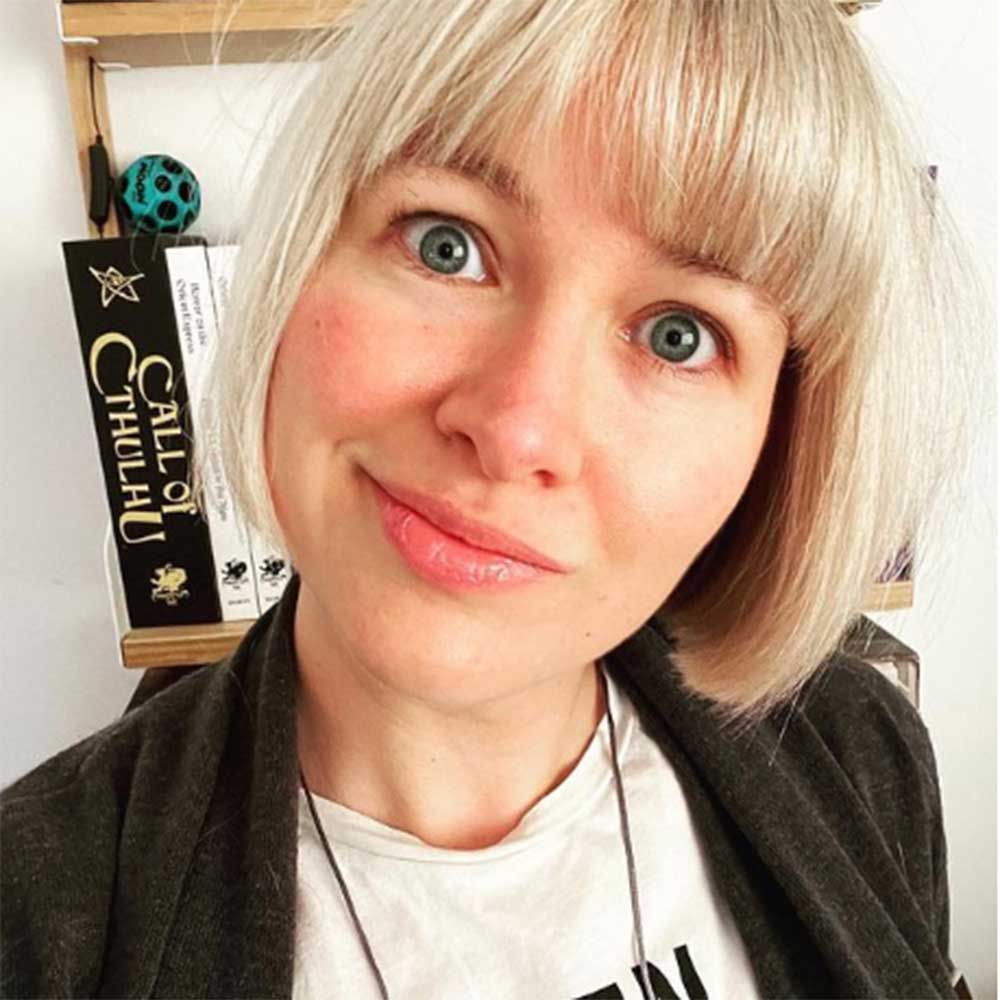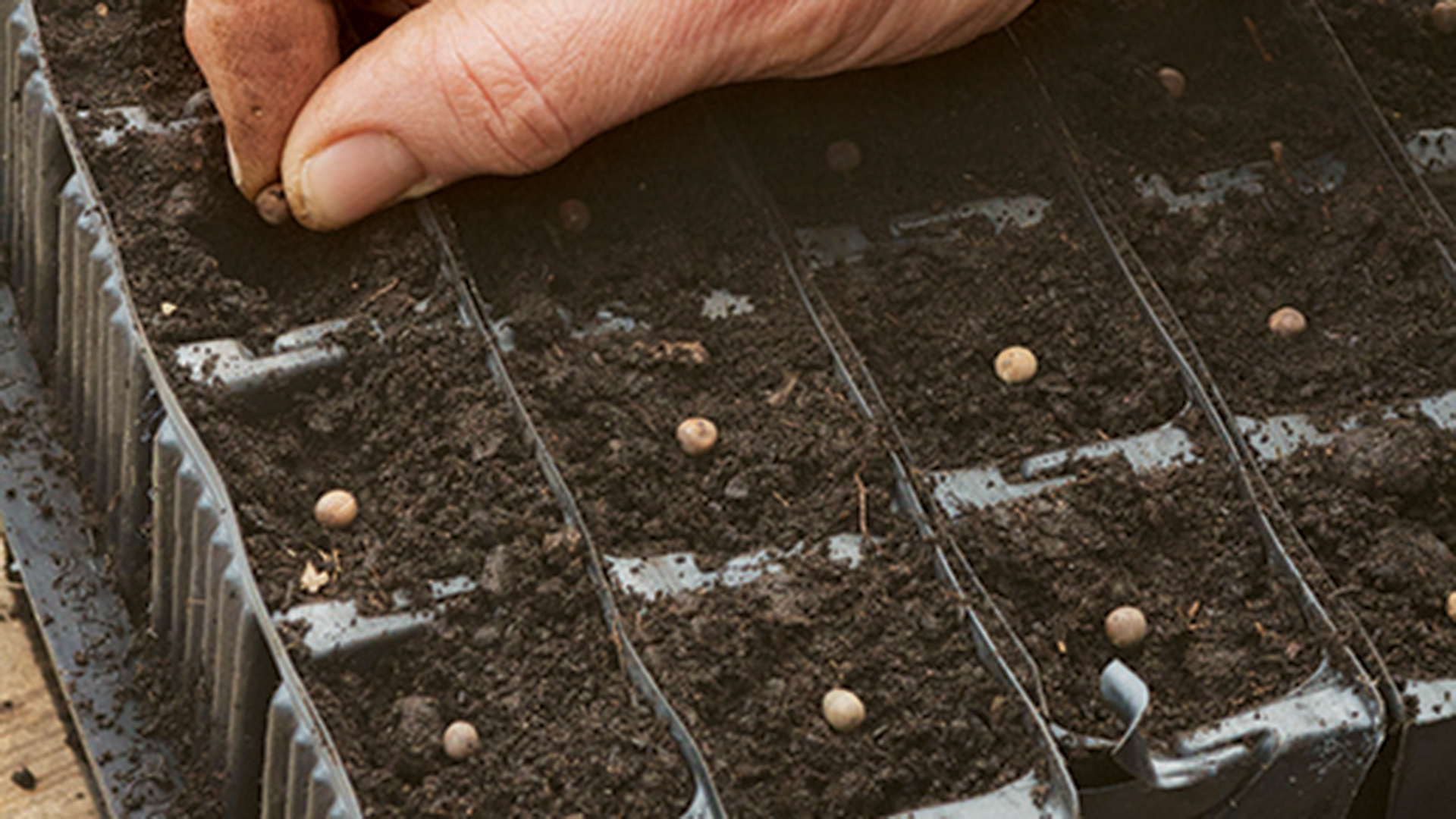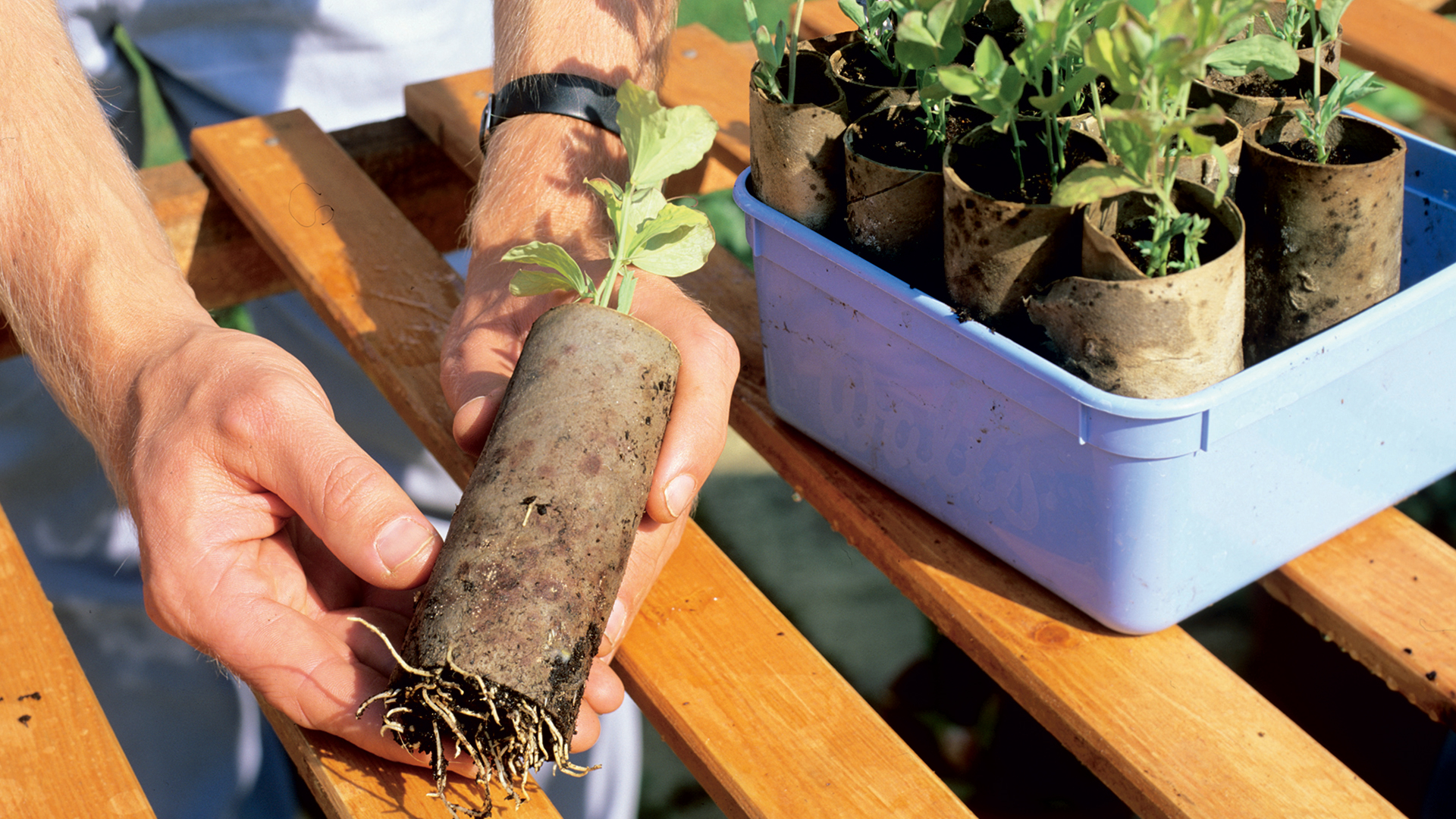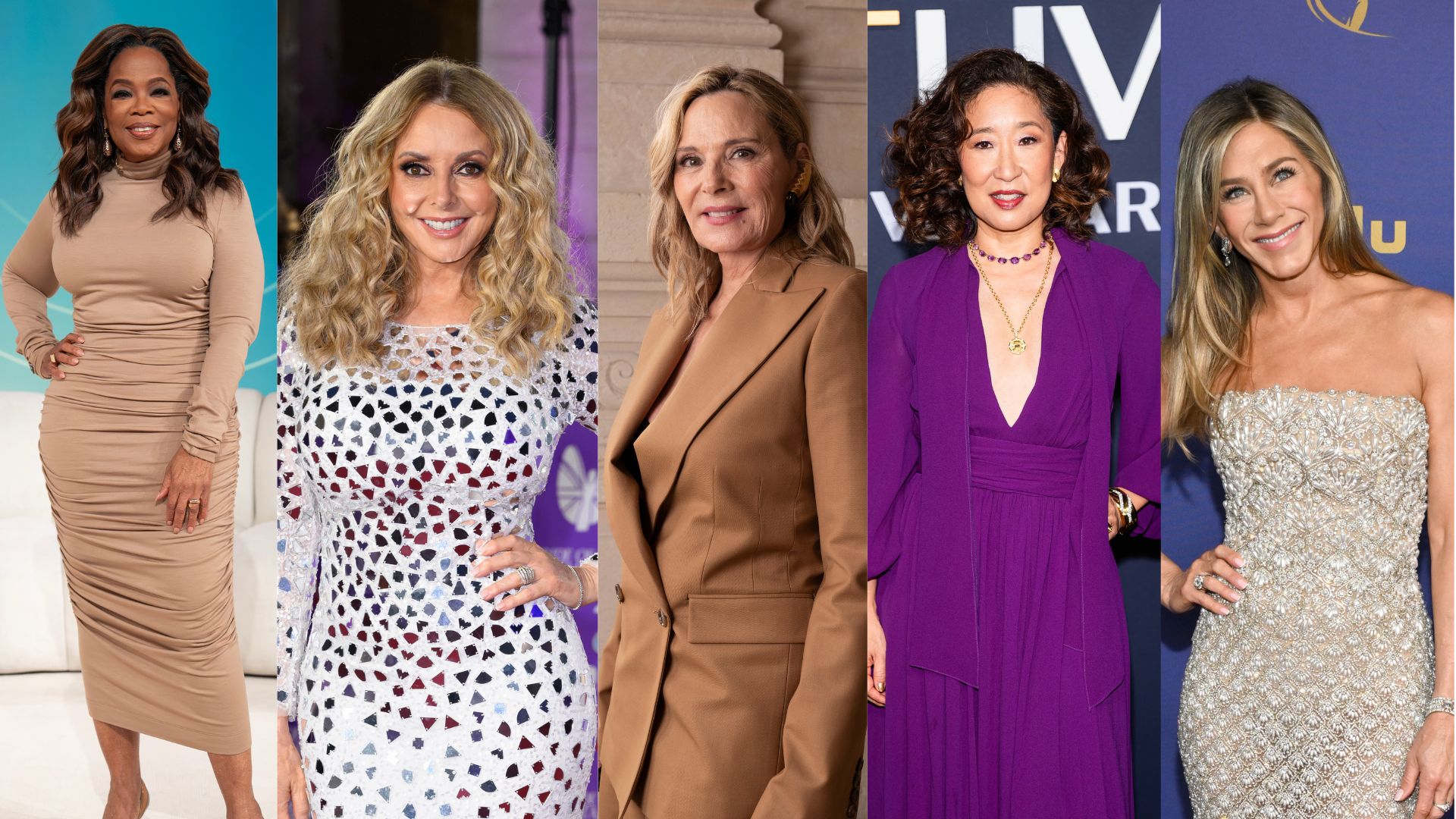How to grow sweet peas for a perfectly perfumed cottage garden
Gardening experts reveal their top tips and methods for filling your borders with sweet peas from seeds


"There are few pleasures like really burrowing one's nose into sweet peas," according to novelist Angela Thirkell – so how to grow sweet peas in your own garden for a pretty sea of fragranced flowers?
One of the most beloved of all the cottage garden plants, sweet peas are a true triple threat; they're flouncy enough to work as cut flowers, they smell fantastic, and they're incredibly easy to grow, too.
It's little wonder, then, that you're keen to fill your garden with what is easily one of your best plants around. Before you start sprinkling sweet pea seeds all over your garden, though, we've consulted the experts for their top growing tips...
How to grow sweet peas from seeds
If you're in the market for a fragrant garden plant, sweet peas absolutely fit the bill – so long as you opt for the annual lathyrus odoratus over the perennial lathyrus. Because, while they may only live for a year, these flouncy flowers are one of the UK's most beautifully perfumed plants to make gardens smell nice.
"Sweet peas hold a special place in many gardeners' hearts. Their intoxicating fragrance and vibrant blooms make them a delightful addition to any garden," promises Steven Bell, the CEO of Paving Shopper.

Steven Bell is the managing director of Paving Shopper, known for his expertise in gardening, landscaping and paving. He leads the company with a focus on quality and innovation, ensuring Paving Shopper remains a trusted source for diverse paving needs.

Chomping at the bit to get started on this essential sensory garden idea? Look this way...
What you will need
If you're keen to learn how to grow sweet peas, you'll obviously need to begin with the obvious: sweet pea seeds.
Sign up for the woman&home newsletter
Sign up to our free daily email for the latest royal and entertainment news, interesting opinion, expert advice on styling and beauty trends, and no-nonsense guides to the health and wellness questions you want answered.
"Start off by collecting seeds of sweet peas you have already grown. By leaving some plants to go to seed at the end of the season, seed pods can be collected on a dry day and stored in a cold dry place until you are ready to sow them again," says Morris Hankinson of Hopes Grove Nurseries.

Morris Hankinson is the founder and managing director of Hopes Grove Nurseries Ltd, the UK’s only specialist grower-retailer of hedging plants. He established the thriving business in 1992, shortly after graduating with a Commercial Horticulture Degree from Writtle College, Essex.
If you haven’t got any seed pods, though, don't despair; seeds are readily available online and in nurseries, as are plug plants.

RRP: from £12.50 | This specially curated collection of sweet pea seeds boasts tall stems, fabulous colours, and a heady fragrance – perfect for using in floral displays.

RRP: from £3.99 | Another stunning ready-mixed blend of flowers, all of the sweet peas in this collection have been selected for their high-quality pink, lilac, red and white blooms.

RRP: £2.75 | An eye-popping variety of sweet pea, expect luscious red blooms and a light, delicate fragrance from this towering beauty.
As well as your sweet pea seeds, you will also need:
- Seed trays (try the Professional 84 Cell Plug Trays Twin Pack from Primrose)
- Potting compost (something like the Miracle-Gro Peat Free Premium All Purpose Compost from Homebase should do the trick)
- Trellis or a climbing frame (we have our eye on these Spiral Willow Garden Obelisks from Amazon)
- Slug and snail protection (try this Copper Mesh Slug Repellent from Amazon to avoid using pesticides and chemicals)
Step-by-step guide
Once you have your tools in hand, it's time to learn how to grow sweet peas like the pros. And, as luck would have it, it's an incredible plant to master.
1. Time it right
As is so often the case with gardening, timing is truly everything when it comes to growing sweet peas successfully.
"You'll want to sow seeds from winter to spring," says Morris. "I was once told by an expert sweet pea grower to either sow in October if you're happy to overwinter your plants in a greenhouse. Otherwise, start them off in March."
Of course, if you’d prefer to sow sweet pea seeds directly where they will grow, Morris says this can be done from April onwards. "Just be sure to include plenty of slug and snail protection, plus some horticultural fleece to protect against late frosts."
2. Soak your seeds
Anyone new to growing sweet peas will likely be surprised to learn that they have incredibly hard seeds – so much so that they may need softening before you plant them.
"Soaking the seeds overnight before planting encourages quicker germination. Using deep pots accommodates their long roots, which is essential for their development," says Steven.
3. Sow, sow, sow

Next on the How To Grow Sweet Peas 101 guide is simple enough: sowing the seeds. You'll want to do this in seed trays filled with high-quality potting compost, aiming to sow them about 1-2cm deep.
Alternatively, you can make like the experts and use (wait for it) toilet rolls to great effect!
"When sowing undercover, use root trainers or the cardboard centre of toilet rolls because the roots grow long and need the space," says Morris.
"Keep them in a cool and light area, moderately moist over winter or in spring until they are hardened off and planted outside."
4. Pinch the growing shoots
While you could absolutely leave your sweet peas to their own devices, our experts advise a more hands on approach.
"An old gardener's trick is to pinch out the tips when the seedlings reach about 10cm tall," says Steven.
"This encourages bushier growth and results in more flowers!"
5. Plant your seedlings

"When the threat of frost has passed, plant your sweet peas out in a sunny spot with rich, well-drained soil to set them up for success," says Steven.
The RHS advises enriching the soil with compost or well-rotted manure around four weeks beforehand, as well as sprinkling some general-purpose fertiliser, such as Vitax Q4 from Amazon, into the intended planting area.
Once you've got them in the ground, be sure to water your seedlings well to help settle the soil around their roots.
6. Show them some support
Remember, sweet peas climb vigorously, so you will need a trellis or wigwam to let them cling onto and grow tall (it'll need to be within 5-7.5cm of your seedlings to ensure they can catch hold of it).
"Make sure it is easily accessible because you will want to be cutting/deadheading the flowers frequently to keep them blooming for as long as possible," says Morris.
"As soon as a plant has gone to seed, there won’t be anymore flowers so this is a plant that you can snip off flowers for a vase as often as possible."
7. And don't forget the TLC
While sweet peas are easy to grow, the National Sweet Pea Society advises you take care not to let their roots dry out (especially in warmer weather).
"Under very warm conditions it can be beneficial to spray, below flower level," they suggest, adding that you can also apply a high potassium liquid fertiliser, such as tomato feed, once a week if you feel it might be beneficial.
FAQs
What are the top tips for growing sweet peas?
If you need tips for growing sweet peas, the experts all agree it's best to enrich your soil with a couple of buckets of compost a few weeks before planting them out.
"Providing support, such as trellises or canes, is crucial since they're natural climbers," advises Steven Bell of Paving Shopper.
"Consistent moisture is key, so regular watering is a must. And applying a high-potash fertiliser boosts their blooming potential."
What is the best month to plant sweet peas?
You have a few options when it comes to the best month for planting sweet peas; you can sow your seeds undercover in a greenhouse between late October and November, or in late February/March, with an aim to planting them out sometime between March and May.
Alternatively, the seeds can be sown direct into the ground in April or May. Just be sure to enrich the soil and take precautions against slugs!
Now that you know how to grow sweet peas, it shouldn't be long before your garden is filled with colourful and fragranced flowers. If you put the work in over the autumn months, we promise you'll be repaid with a sweetly scented summer.

Kayleigh Dray is an experienced writer and editor within the world of digital journalism. She kicked off her career in magazines with Cosmopolitan as a news writer. Kayleigh then went on to become part of the digital editorial team at Closer, before a successful seven-year stint at Stylist, where she took command as the site’s editor and editor-at-large.
Nowadays, Kayleigh can be found freelancing for a myriad of titles including Woman & Home, along with a role at Ideal Home where she waxes lyrical about her true love: gardening. She is currently giving her own backyard a woodland-inspired makeover – and there have been whispers of a vegetable plot, too.
-
 The most decade defining royal moments of the 80s - from Princess Diana fever, royal births and Queen Elizabeth II's historic firsts
The most decade defining royal moments of the 80s - from Princess Diana fever, royal births and Queen Elizabeth II's historic firstsA lot happened in the 80s, and we don't just mean leg warmers and the rise of Madonna
By Jack Slater
-
 Celebrities who have spoken openly about menopause - and what they had to say
Celebrities who have spoken openly about menopause - and what they had to sayCelebrities such as Oprah Winfrey and Jennifer Aniston have helped combat the 'taboo' of talking about menopause in the public eye
By Grace Walsh